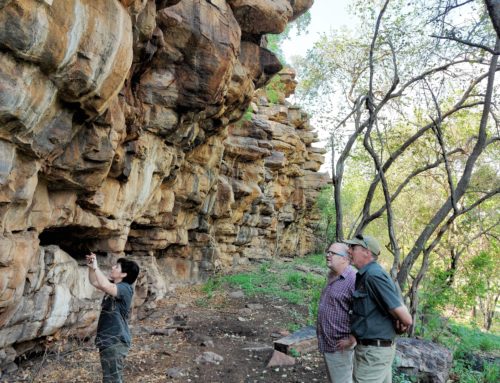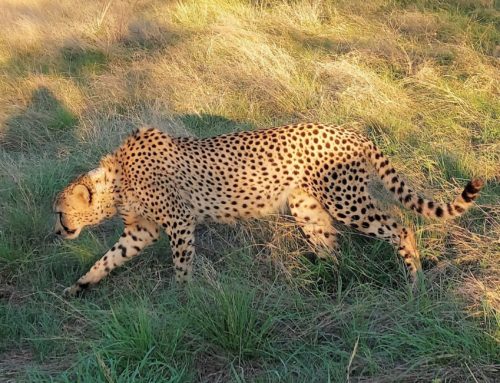Dear inhabitants of Mother Earth
I am sitting in the autumn sun A slight westerly breeze ruffles the leaves above me. The sun, bright, but with very little heat.
I see a small movement on the lawn, so small that it may even be my imagination. There it is again. I am on all fours, face only a few inches from the ground. The movement attracts my attention again. It is a blade of grass, about twenty millimetres long. It is attached to… a termite.
Those of our guests living in the more tropical areas of the world know that termites can be one of the most destructive forces in nature. The amount of houses, made unsafe and uninhabitable because of termites and the damage they cause, amounts to millions a year!
That said, I find termites one of the most fascinating, misunderstood and, I daresay, intelligent species on Earth.
On Kaingo we have all the major grassland species of termites. The harvesters, making fairy circles in the dry bush, the farmers with their cardboard-like fungal gardens, and the dry-and damp wood digestors. They are fascinating once you look past their obvious lack of physical beauty.
The kings and queens have compound eyes and wings…when they are princes and princesses. After a short flight, the wings fall off, and a life of constant egg-laying begins. , An estimated 30 000 eggs will be produced to start a colony. But how do the prince and princess meet?
The young royal pair dresses up in their best livery, delicate wings, fat and nutrient-rich body loaded with pheromones. They take flight, usually as the sun sets and just after the first rain. Somewhere along with the flight, the princess will land. Her wings, now redundant, is whisked away by the breeze. She raises her abdomen into the night air and sends a stream of pheromones into the breeze. The prince will be irresistibly attracted to her.
Together, they will dig down into the soil. They mate, and a new colony begins.
Only a small fraction of the alataes will successfully make the journey from their home to start a new colony.
Soon, little workers will be born. They are pale and wingless. And sterile. They nurture their queen and start the building of the colony. Garden burrows are built, filled with cardboard-like growth medium made out of half-digested plant material. On these, brought from the home colony as a gift, the first spores of fungus will be planted. This symbiotic fungus keeps the colony alive, and in some cases, even determines the sex and job of the termites themselves.
I crawl after the worker with his (it’s) blade of grass. Like the spokes of a wheel, little paths forms under the top grass layer. Thousands of little feet compact the soil into these roads. As they near the entrance to the burrow, they turn into highways. The termite Metro police keep an eye out for danger. Some are armed with mandibles, some with snouts that shoot out a sticky, resin-like liquid. They are blind but can feel and communicate with their superior sense of touch.
My friend scurries to the mouth of the burrow, deposits his blade of grass. Turns around. Scurries away into the undergrowth. He will do this until he dies, eaten by a predator or trampled by a larger animal. Always dedicated to the cause. For Queen and colony.





